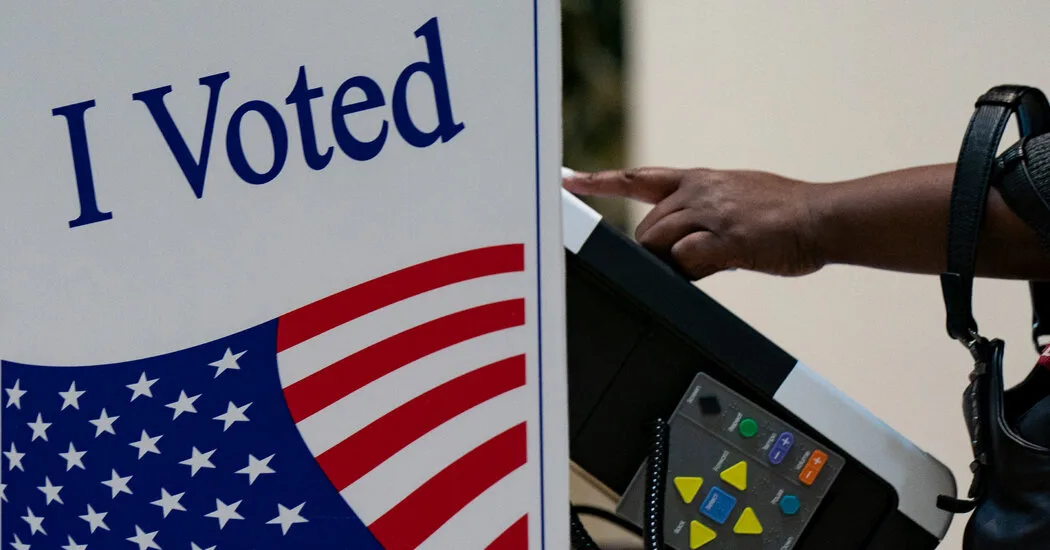
The composition of the minority electorate in the United States is rapidly changing. This constituency was once dominated by Black voters loyal to the Democratic Party. Now, African- American clout has been eclipsed or at least threatened by Hispanic, Asian American and other nonwhite voters whose less firm loyalty to the Democratic Party lowers the party’s Election Day margins among people of color overall.
This multiracial, multiethnic population constitutes one third of the electorate, according to an article published by the Center for Politics at the University of Virginia’s, “The Transformation of the American Electorate,” which was written by Alan Abramowitz, a political scientist at Emory.
“Eight months out from the election, polls are still suggesting 2024 will be the largest racial realignment since the Civil Rights Act was passed,” Adam Carlson, a data analyst with the Brunswick Group, a corporate consulting firm, recently posted on X (formerly Twitter).
Three days later, John Burn-Murdoch, chief data reporter for the Financial Times, contended that “American Politics Is Undergoing a Racial Realignment”:
Many of America’s nonwhite voters have long held much more conservative views than their voting patterns would suggest. The migration we’re seeing today is not so much natural Democrats becoming disillusioned but natural Republicans realizing they’ve been voting for the wrong party.
Most recently, on March 15, the polling expert Nate Silver, citing Burn-Murdoch’s racial realignment article, posted “Democrats Are Hemorrhaging Support With Voters of Color” on his Substack.
These claims of a racial realignment in partisan politics have not gone unchallenged.
Brian Schaffner, a political scientist at Tufts who oversees data collection at the Cooperative Election Study, described his views in an email:
What I see is some fluctuation over the past two decades coinciding with unique presidential candidates, no major realignment. A lot of what people are prognosticating about is something that current polls suggest might happen in November, but at this point I don’t think we can say that there has been any kind of major shift yet.
Along similar lines, Jacob Grumbach, a political scientist at the University of Washington, replied by email to my inquiry about racial realignment:
The overall takeaway is that we’ve seen some Latino movement toward Trump in some parts of the country, and potentially some Asian American movement as well. It’s an important shift, but it’s uncertain how durable it is, and it’s not unseen in earlier periods, such as George W. Bush in 2004.
There was universal agreement among those I contacted that recent polling data is problematic for the Biden campaign, which is reflected in the RealClearPolitics analysis of the 13 most recent surveys, which in aggregate give Trump a 1.7 percentage percent lead over Biden, 47.2 to 45.5.
The debate is over whether the adverse trends for Democrats are long-lasting and structural or temporary vacillations unique to the current campaign.

